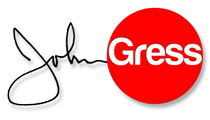You are unauthorized to view this page. Please login or visit the Academy home page for more information.
Monthly memberships start at only $16, plus there is a 3-day free trial!
You are unauthorized to view this page. Please login or visit the Academy home page for more information.
Monthly memberships start at only $16, plus there is a 3-day free trial!
